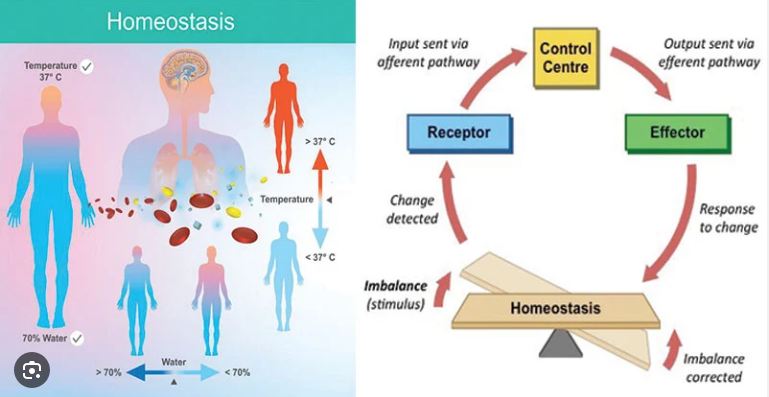Homeostasis is No Longer Possible After ETS Surgery

Your body continually works to maintain internal balance and equilibrium to maintain a stable, relatively constant internal environment despite changes in the external environment. This process is called Homeostasis.
There are a ton of sensors that monitor everything that is going on throughout your body. If a signal is received because some value has deviated from normality, that value will be automatically restored to within relatively narrow limits.
A simple example of homeostasis is the regulation of your internal body temperature. This remains relatively constant at 37C/98.6F even though the surrounding outside temperature can vary significantly. Other examples include regulation of blood pressure, maintaining your body's correct balance of water content, regulation of glucose concentration in the bloodstream, plus the maintaining of various other PH levels throughout the body. However, these mechanisms do sometimes fail, and when they do, cells may not get everything they need, or toxic wastes may accumulate in the body. If homeostasis is not restored, the imbalance can often lead to serious illness including death.
These failures most often occur naturally, but are also the result of nerve damage from medical procedures such as ETS surgery. When the sympathetic nerve is cut, important signal pathways, which carry vitally important information to and from the hypothalamus, for maintaining homeostasis, are often irreversibly damaged as well. This is why most ETS patients are permanently left feeling unwell on a daily basis.
So what is the Hypothalamus?